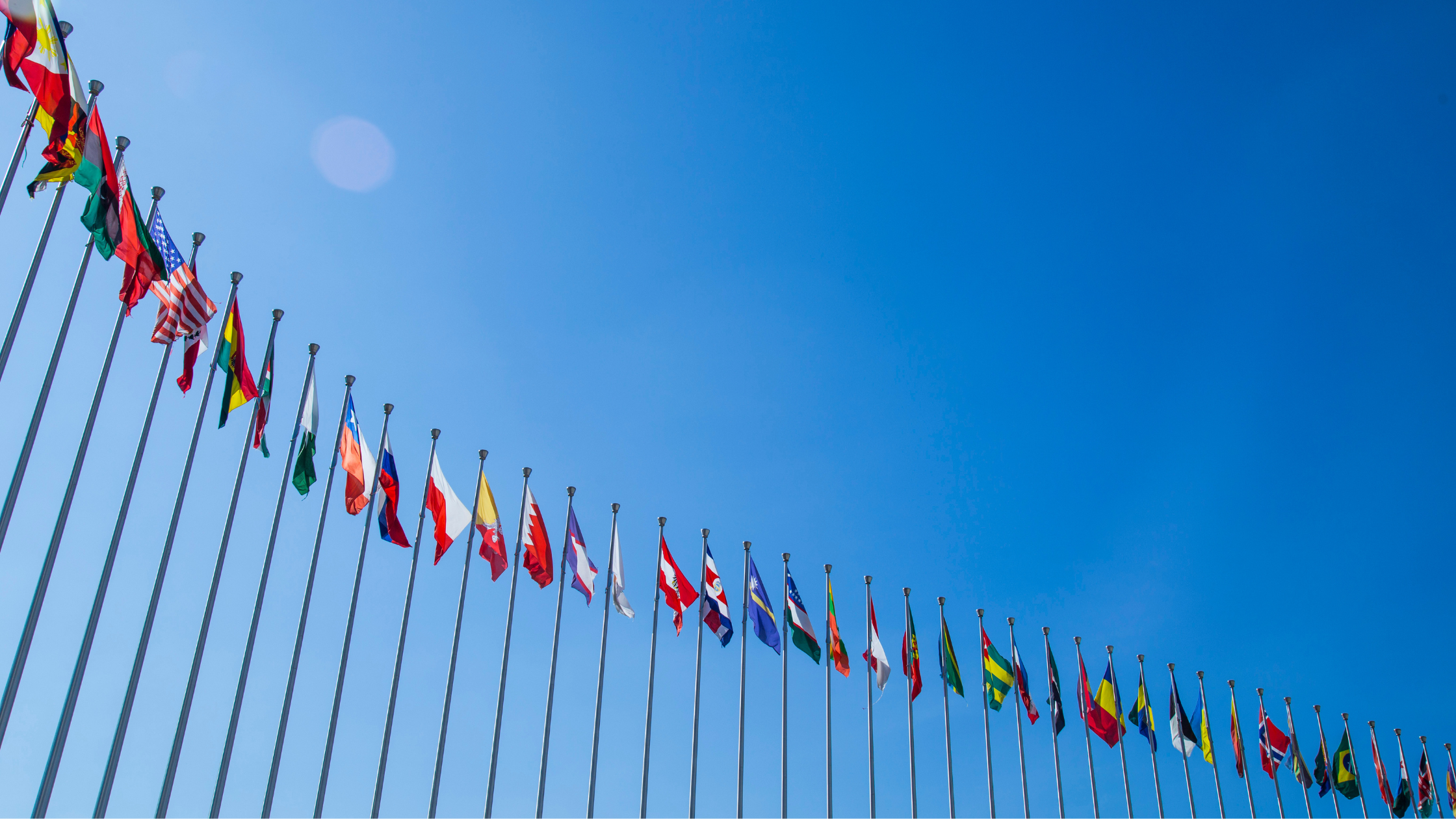
Our pick of the COP stories that didn’t dominate headlines
While the agreement to transition away from fossil fuels dominates headlines, we wanted to take a look at three talking points you may have missed – the Loss and Damage fund, methane abatement, and whether COP’s pledges and agreements were ambitious enough to keep the world within the Paris Agreement’s 1.5C pathway.
Loss and Damage – A significant breakthrough occurred on the inaugural day of the COP28 summit with the operationalisation of the Loss and Damage fund—a demand persistently advocated by less economically developed nations. This fund aims to address the costs associated with escalating climate disasters over recent decades. Between 2000 and 2020, a staggering 7,348 natural disasters were recorded, impacting over 4 billion lives and causing economic losses nearing $3tn.
The Loss and Damage fund serves to compensate countries that played a minimal role in causing the climate crisis, particularly vulnerable and impoverished nations. Simultaneously, it holds major fossil fuel polluters accountable for the hardships and distress resulting from climate breakdown. The operationalisation of this fund signifies a crucial acknowledgement of responsibility by polluting nations to those bearing the brunt of climate change.
However, the current pledged amount of $700m falls significantly short of the actual requirements. Estimates of annual losses and damages caused by climate change in developing countries range from $100bn to $580bn. The fund’s current size therefore only covers 0.7% of the more optimistic estimates and just 0.12% of the worst-case scenario projections of estimated annual damages. According to an EU report, damages could reach $1.7tn per year by 2050, meaning financial commitments will have to be ramped up considerably in the years ahead.
In the eyes of climate justice experts, Loss and Damage pledges should be distinct from existing adaptation pledges, including the $100 billion per year climate finance target set at COP15 in 2009. Mobilising capital for climate finance has proven challenging, with the yearly target consistently missed.
Raising funds for adaptation faces challenges as it is often viewed as a “sunk cost” rather than an investment. However, this perception is a misconception. Patrick Verkooijen, CEO of the Global Centre on Adaptation, notes that for every $1.7 spent on adaptation to 2030, $7 is returned in economic benefits.
Methane – Methane abatement took centre stage in COP28 discussions due to its potency compared to CO2. Methane is approximately 80 times more potent than CO2 in the first 20 years after entering the atmosphere. A 2021 assessment by the Climate & Clean Air Coalition and the UN Environment Programme suggests that cutting anthropogenic methane emissions by 45% this decade is crucial to keeping global warming below 2C.
Two significant methane developments unfolded during this year’s conference. Firstly, six of the world’s largest dairy producers formed the Dairy Methane Action Alliance. This initiative aims to address substantial methane emissions from livestock, contributing to 30% of anthropogenic methane.
The Alliance, convened by the Environmental Defence Fund, commits signatories to disclose their methane emissions by mid-2024, followed by the publishing and implementation of a comprehensive methane action plan by the end of 2024.
Secondly, the Oil and Gas Decarbonisation Charter, signed by 50 companies, was unveiled, with the goal of eradicating methane emissions and ceasing routine flaring by 2030. Participating companies are collectively responsible for approximately 40% of global oil production, with National Oil Companies (NOCs) representing over 60% of signatories—the largest number of NOCs committing to a decarbonisation initiative.
Lack of ambition – Despite these initiatives, an analysis by the International Energy Agency reveals a lack of ambition in COP’s pledges. Meeting the goals set in agreements like the Oil and Gas Decarbonisation Charter and the Global Renewables and Energy Efficiency Pledge by 2030 would only bridge 30% of the emissions gap needed to achieve a 1.5C pathway. This analysis fits into the wider discourse following COP28 with the UN Climate Change Executive Secretary describing pledges “as a floor, not a ceiling”.


